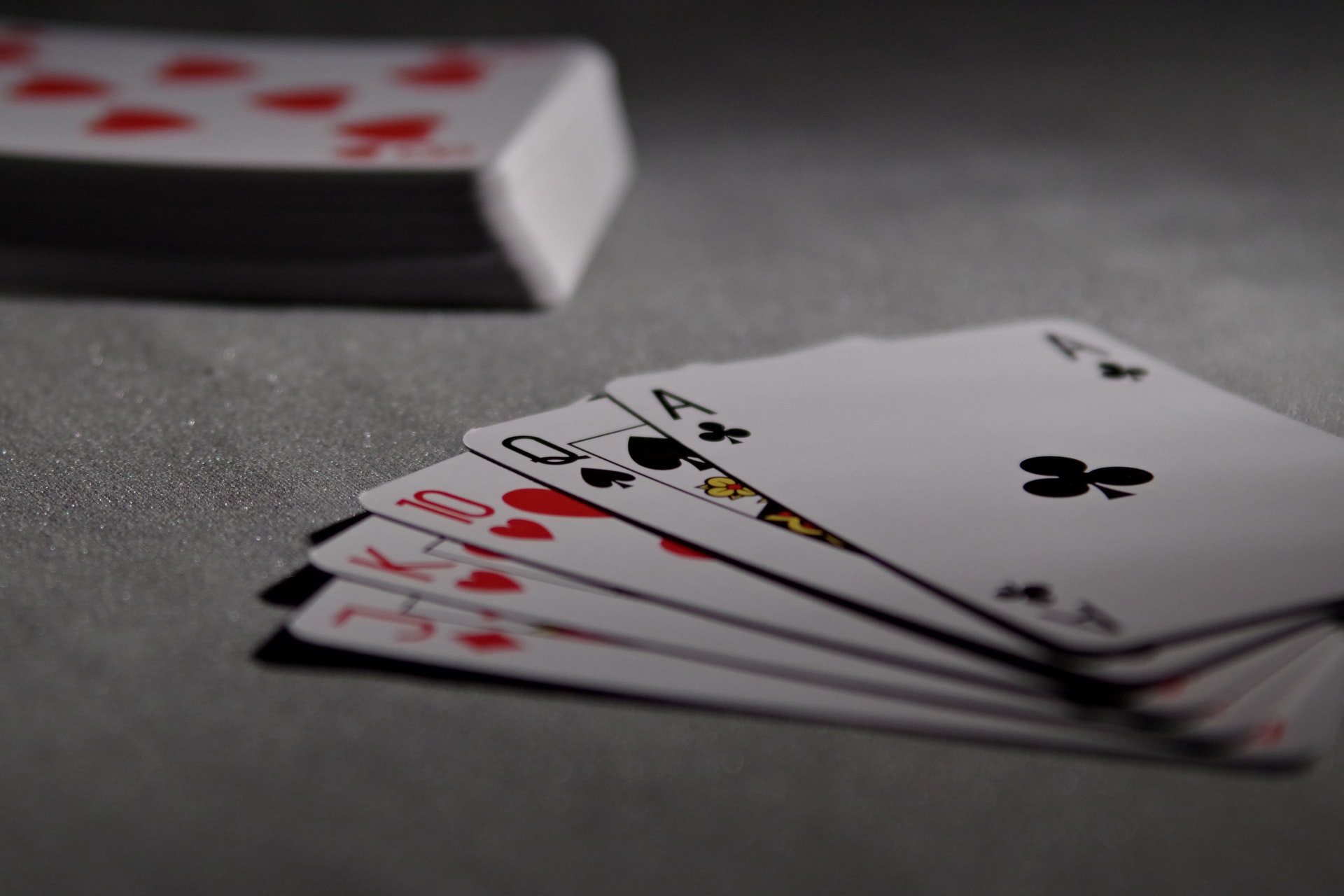
If you watch a lot of poker on Twitch or on television, you’ve probably noticed how most no-limit hold’em hands are contested heads-up after the flop.
A player opens with a raise, another calls, then it’s just the two of them battling for the pot thereafter.
The same is true if you happen to rail online poker games involving better poker players, such as the biggest poker tournaments and Sunday majors.
Unlike perhaps is the case in many poker games with friends and also lower-limit live games, there’s often going to be just two players left by the time the community cards arrive.
In heads-up situations, it’s obvious enough to point out that one player will be “in position” postflop and get to act last on all streets while the other will be “out of position” and have to act first.
If you weren’t paying attention, you might assume players spend about half their hands playing from out of position and half playing in position — but that would be wrong.
The truth is, most good players play the majority of their hands in position — by a lot, in fact.
That’s because when it comes to starting poker hand selection, good players tend to fold more hands when they would be forced to play from out of position and to get involved more frequently when they can have position.
They do so because they know there are many advantages to having position on an opponent after the flop.
Positions in Poker
The seats around a no-limit Texas hold’em table are usually described as being:
early position
middle position
late position
The location of the button and blinds determines each.
“Early position” (EP) usually refers to the players having to post both the small blind (SB) and big blind (BB), as well as the player sitting to the big blind’s left.
That position is often called “under the gun” or “UTG.“
At a nine- or ten-handed table, the next seat (UTG+1) might also be considered early position, given that most of the table is in later positions, relatively speaking.
Note by the way that even though the SB and BB act last preflop — after the UTG player and everyone else around to the button — those are considered early position seats since they’ll be acting first every betting round after the flop.
“Middle position” (MP) usually refers to the next couple or three seats at the table, leading up to the last two or three seats culminating with the button.
That leaves “late position” (LP) seats that include the button (the latest position), the cutoff (the seat to the right of the button), and the hijack seat (the seat to the right of the cutoff).
Of course, in short-handed games (e.g., 6-max.) the hijack would probably be better designated middle position.
As noted, the best no-limit hold’em players generally choose to play most of their hands from late position, fewer from middle position, and least from early position.
Not coincidentally, they also win most of their money playing from later position, with even the best hold’em players tending to be net losers when playing from early position.
Here’s a quick list of five reasons why positioning in poker is so important and playing in position is preferable in no-limit hold’em:
More free cards
There are times when playing drawing hands when you’d rather not pay the price to get to the next postflop street.
When you have position on your opponent, you have the opportunity to take a “free card” if your opponent checks to you while you are on a draw, checking behind to see the next community card.
Your opponent who has to act first decides to check.
You could bet, but you can also check behind and take a “free card” to see if you can complete your flush.
If you were first to act, though, you have no assurance when you check that your opponent won’t bet and make you pay to stick around in the hand.